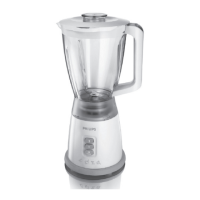GDI ± On-vehicle ServiceGDI ± On-vehicle Service
13A-97
14. Release residual pressure from the fuel pipe line. (Refer to
P.13A-99.)
15. Remove the fuel pressure gauge and special tools from the
fuel pump (high pressure).
Caution
Cover the hose connection with rags to prevent splash
of fuel that could be caused by some residual pressure
in the fuel pipe line.
16. Replace the O-ring at the end of the high-pressure fuel
hose with a new one. Furthermore, apply engine oil to
the new O-ring before replacement.
17. Fit the high-pressure fuel hose to the fuel pump (high
pressure) and tighten the mounting bolt to specified torque.
18. Check for any fuel leaks by following the procedure in
step 7.
19. Disconnect the MUT-II.
MEASUREMENT OF FUEL HIGH PRESSURE BETWEEN
FUEL PUMP (HIGH PRESSURE) AND INJECTORS
NOTE
Measurement of the fuel pressure between the fuel pump
(high pressure) and the injectors should be carried out after
checking that the fuel pressure between the fuel pump (low
pressure) and the fuel pump (high pressure) is normal.
1. Connect the MUT-II to the diagnosis connector.
2. Disconnect the injector intermediate harness connector.
3. Turn the ignition switch to ON.
4. Select ªItem No.74º from the MUT-II Data list.
5. Crank the engine continuously for 2 seconds or more,
and visually check that there are no fuel leaks from any
parts.
Caution
If any fuel leaks appear, stop cranking immediately
and repair the source of the leak.
6. Crank the engine, and then measure the fuel pressure
immediately after 20 seconds.
Limit: Minimum 1 MPa
Caution
If the fuel pressure is less than 1 MPa, there may
be a partial fuel leak in the high-pressure fuel system.
7. Turn the ignition switch to OFF.
8. Connect the injector intermediate harness connector.
Injector
intermediate
harness
connector

